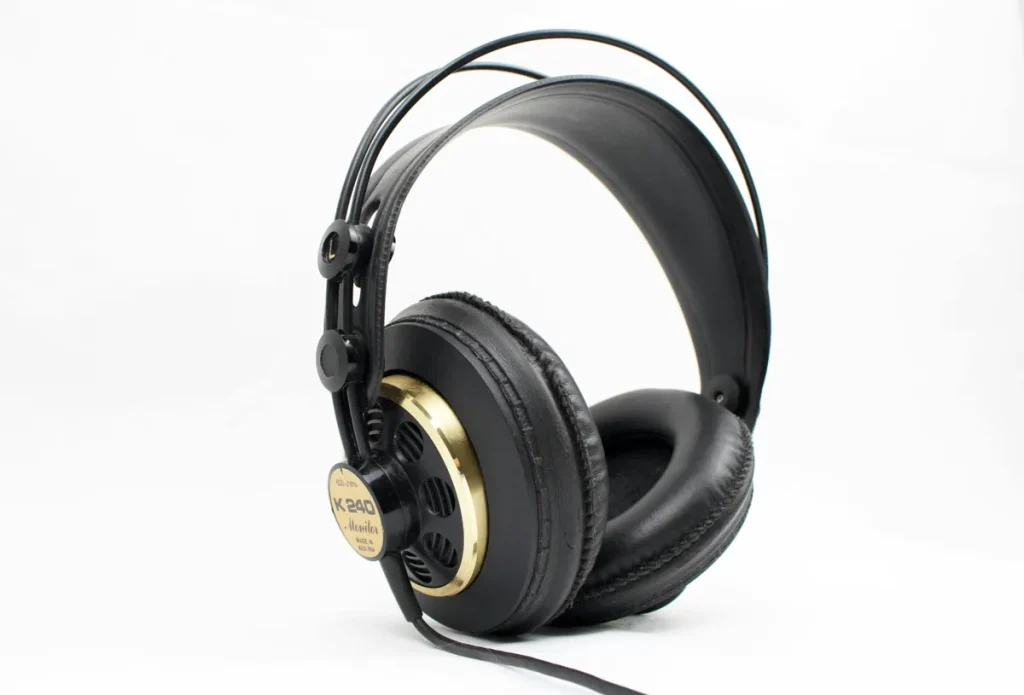
There’s something magical about how sound can shape a space. Audio influences memory, emotion, and energy from the low thump of a bassline to the clean detail of a live acoustic performance. Opening a store devoted to audio equipment is about creating an experience for consumers who enjoy sound quality, not only about marketing goods. A space built around sound can become a destination for music lovers, tech enthusiasts, and discriminating audiophiles, all depending on the appropriate plan.
1. Choosing the Right Location Means More Than Foot Traffic
More than customer volume, where your audio store is located, will determine its success. A good site captures the character of your intended market. Though it’s outside high-traffic commercial zones, a boutique audio facility thrives in places with a great respect for fine equipment. Urban creative hotspots, districts with design-conscious citizens, or areas known for their cultural sophistication align better with the attitude of audio purchasers looking for top-notch sound solutions. Location choice also considers parking access, background noise levels, and acoustically pleasing building design. The surroundings of your store should accentuate the items within so that customers may test, investigate, and enjoy sound free from disturbance or interruption.
2. Crafting the In-Store Experience Starts With Acoustics and Design
One obvious goal of an audio store’s layout and design is to allow visitors to hear equipment at its finest. Every choice you make—from material choice to ceiling height— influences the acoustic integrity of your showroom. Particularly in demo rooms, soft materials include thick rugs, acoustic panels, and heavy drapes that assist in absorbing undesired echoes and preserving sound clarity. A well-designed store lets sound breathe rather than stuffing shelves with devices. Separating audio in demonstration areas will let each product be heard without competing interference. Perception also changes with lighting, scent, and seating. The store’s appearance should convey a sense of craftsmanship and precision, matching the sophistication of the equipment on display.
3. Stocking Your Inventory Requires Understanding the Audio Journey
Customers enter an audio store with varying levels of experience and intent. While some people pursue a lifetime dream system that reveals every detail of a recording, others want a basic home audio arrangement. From entry-level systems to reference-grade equipment, your inventory should represent the whole spectrum of that trip. More importantly, it should embody the audio philosophy that your brand represents. If your store leans toward digital streaming and future-forward innovation, carrying components like the Chord Electronics DAC aligns with that identity. Consumers looking at such products already demand flawless performance, contemporary design, and innovative conversion. Knowing which items appeal to your customers helps you to predict their expectations before they say anything. Instead of following trends without value, concentrate on tested, well-engineered products with performance worth the cost.
4. Building Relationships with Brands and Distributors Establishes Long-Term Success
Reliable access to high-quality equipment depends on solid supplier ties. Manufacturers are selective about which retailers represent their products, especially in the high-end audio segment. Which brands are ready to team with you depends on your reputation, showroom quality, and customer service attitude. Creating these relationships requires more than just ordering; it also requires proving technical understanding and integrity capacity for the brand. To be informed about new releases, discontinued lines, and changing criteria, attend trade events, request demos, and regularly interact with reps. Favor relationships that go beyond just product availability; assistance, training, and co-marketing initiatives help improve the industry profile of your business. Your store becomes a trustworthy center for knowledge rather than just a retail space with the correct brand alliances.
5. Delivering Outstanding Customer Support Transforms One-Time Buyers into Lifelong Clients
Sound is deeply personal. Before they ever set foot in a business, consumers can spend months investigating. When they arrive, they aren’t just purchasing equipment; they are investing in trust. Your role is to guide that process without any jargon or pressure. Open pricing, practical demos, and honest comparisons help to establish confidence. Post-sales service is just as important. Presenting firmware upgrades, maintenance coordination, and setup help places your store as a partner in your customer’s audio path. With referrals, compliments, and repeat business, a happy customer becomes your most effective tool for marketing. Even when issues develop, a professional and prompt response makes a difference. Over time, your store becomes synonymous with dependability—an essential quality in an industry where performance and precision drive every purchase.
Conclusion
An audio store is more than just a place to shop; it is a place where people can explore the full potential of sound. From selecting the ideal product combination to arranging a listening environment that highlights every nuance, success resides in learning to balance passion with accuracy. Your store will be positioned for long-term influence if you deliberately choose your site, create a place honoring acoustics, and establish confident relationships with suppliers and customers. Every decision you make reaches into the lives and living rooms of every customer who passes your door, echoing much beyond the walls of the showroom.
